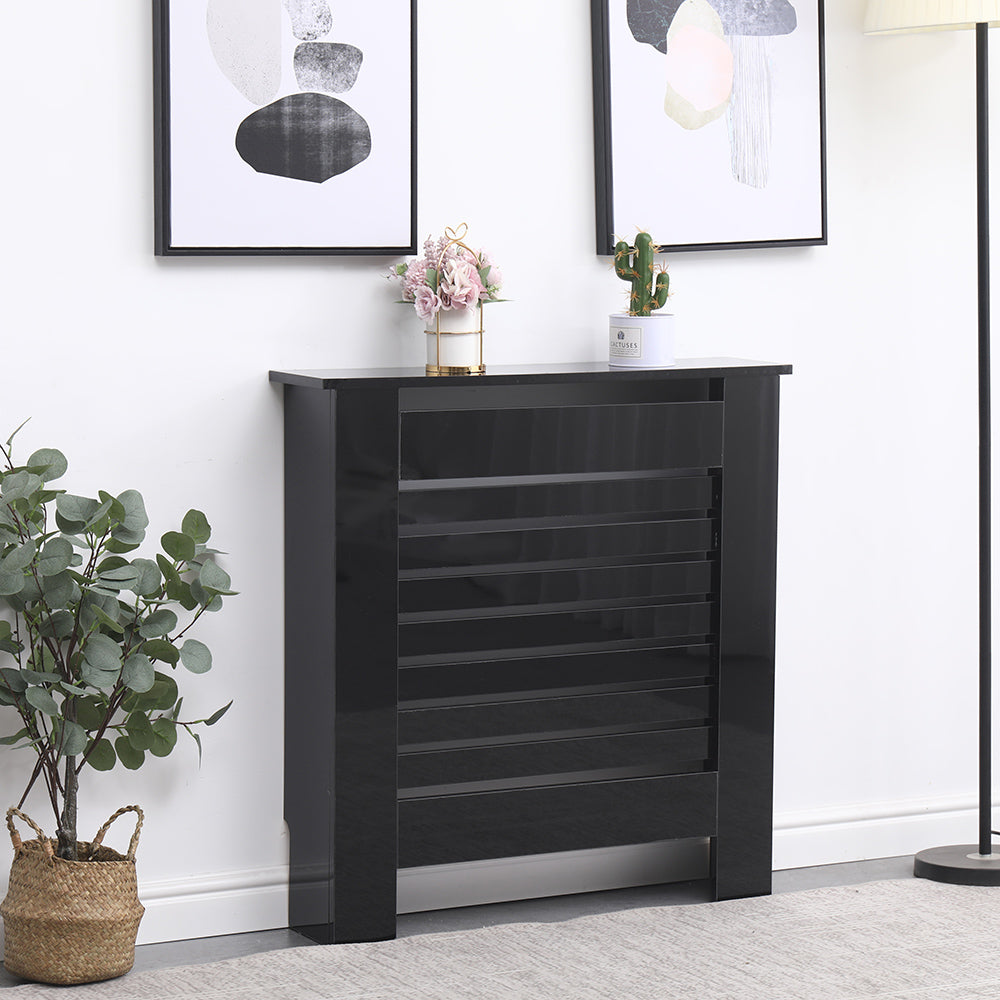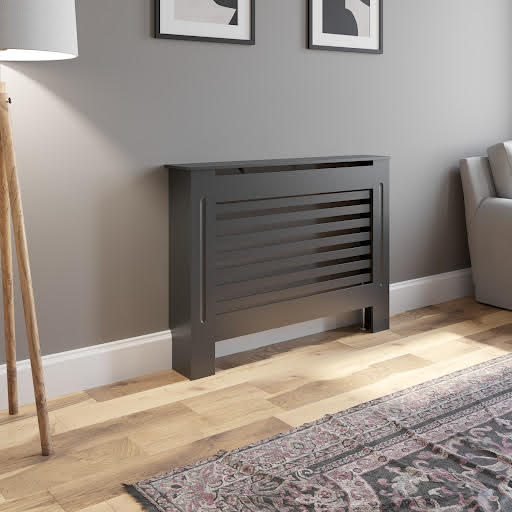Radiator Cover Concepts to Elevate Your Interior Design
Radiator Cover Concepts to Elevate Your Interior Design
Blog Article
Radiator Covers: Understanding Products, Styles, and Benefits
Radiator covers offer both visual and useful objectives within a home, providing a variety of products such as steel, mdf, and hardwood to match different design preferences. Picking the right radiator cover involves recognizing the subtleties of products, styles, and their connected benefits.
Kinds Of Products


Wood covers, commonly crafted from woods such as oak or maple, provide a traditional, cozy appearance that matches standard interiors. Their toughness and ability to be tarnished or repainted add to their versatility. Metal covers, typically made from steel or aluminum, are favored for their toughness and modern look, typically including sleek lines that boost contemporary rooms.
MDF, a made timber product, is popular for its cost-effectiveness and convenience of customization. It can be painted or finished to match existing style while using a smooth surface. Plastic covers, while much less common, are immune and light-weight to wetness, making them suitable for damp settings.
Ultimately, the choice of product for a radiator cover must line up with the homeowner's design preferences, useful requirements, and the certain atmosphere where the cover will be set up. Each material uses a distinct character, making sure that there is an alternative to fit every taste and setting.
Popular Design Styles
Highlighting aesthetic charm, preferred layout styles for radiator covers reflect a variety of preferences and indoor design patterns. Conventional layouts typically feature intricate woodwork and ornate detailing, making them suitable for timeless or vintage-inspired insides. These covers normally include sculpted elements, offering a warm and welcoming feeling to any kind of space.
On the other hand, modern styles concentrate on minimalist visual appeals, identified by clean lines and understated sophistication. Materials such as steel or streamlined timber with a smooth coating are typically utilized, permitting these covers to mix flawlessly into modern-day rooms. Industrial styles, on the other hand, welcome raw materials like subjected metal and concrete, adding a vibrant statement to loft or urban setups.
For those looking for a distinct touch, bespoke styles supply customization choices that accommodate private preferences, making it possible for home owners to pick colors, patterns, and products that match their style. Additionally, farmhouse-style covers integrate rustic elements, including troubled wood and simple kinds that stimulate a relaxing, country appeal.
Advantages of Radiator Covers
Radiator covers not only enhance the aesthetic allure of a room but likewise provide several functional benefits that make them a worthwhile enhancement to any home. One of the primary advantages is security, specifically in houses with kids or family pets. Covers reduce the risk of burns from hot radiator surface areas, making sure a safer setting.
In addition, radiator covers can boost energy efficiency. By guiding warm into the space instead of permitting it to get away, they aid maintain a regular temperature, lowering heating costs gradually. This is specifically advantageous in older homes where radiator systems might be less effective.
Another remarkable advantage is sound reduction. Radiators can you can find out more in some cases create undesirable audios during operation, and covers can aid stifle these noises, adding to a more relaxed living room. Radiator covers can be functional, supplying extra storage or display screen room, thereby maximizing the energy of often-overlooked locations.
Last but not least, they can safeguard radiators from dust and particles, which can prevent performance and boost maintenance requirements. With these incorporated benefits, radiator covers arise as a sensible service for enhancing both the capability and style of any home atmosphere.
Setup Factors To Consider
Installing radiator covers calls for mindful factor to consider to make certain both functionality and safety (Radiator cover). Evaluate the measurements of your radiator and the surrounding room to ensure a correct fit. Exact dimensions are essential; an ill-fitting cover can obstruct warmth flow or produce safety and security hazards
Following, examine the material of the cover. While timber offers aesthetic charm, metal choices may supply much better longevity and warmth resistance. Take into consideration the weight of the cover also; heavier covers might call for extra assistance or reinforcements to prevent sagging or damage with time.
Air flow is an additional essential facet. Covers need to feature sufficient air movement to avoid getting too hot and preserve efficient heating. Try to find styles with slats or perforations that allow heat to distribute without obstruction.
Additionally, ensure that the cover is firmly mounted to avoid accidents, particularly in homes with children or pet dogs. Radiator cover. It's suggested to comply with the maker's installation standards carefully and, if necessary, get in touch with a specialist for intricate setups
Upkeep and Care Tips
Proper upkeep of radiator covers is vital for guaranteeing their durability and ideal performance. Routine cleaning is essential; dust and particles can collect, blocking air flow and reducing heat performance. Use a soft, moist towel or a microfiber duster to gently wipe the surface, preventing rough chemicals that may harm the coating. For repainted or timber covers, think about an ideal gloss or protective covering to keep their look.
Evaluate the covers regularly for indicators of wear or damages, such as splits or peeling paint. Attending to these problems without delay can prevent more wear and tear. Make certain that the covers are safely attached and check for any loosened screws or fittings, as vibrations from the radiator can this content loosen them with time.
In cooler months, avoid placing heavy objects or ornamental products in addition to the radiator covers, as this can hinder warm circulation and create unnecessary tension to the framework. Take into consideration seasonal maintenance by removing the covers for complete cleaning and examination during warmer months when the home heating system is inactive. Adopting these basic treatment pointers will enhance the efficiency and visual appeal of your radiator covers, ensuring they serve their function properly for his response several years ahead.

Verdict
In summary, radiator covers offer as visual and functional improvements to domestic areas. Cautious factor to consider of installation and maintenance additional makes sure the longevity and performance of radiator covers in any kind of home setting.
Radiator covers serve both visual and practical purposes within a home, using a variety of products such as wood, steel, and MDF to match various style choices. Selecting the ideal radiator cover involves comprehending the subtleties of products, layouts, and their connected advantages.Emphasizing aesthetic charm, popular style styles for radiator covers reflect a variety of preferences and indoor design fads.Radiator covers not just enhance the visual charm of an area yet additionally offer a number of practical benefits that make them a worthwhile addition to any type of home. Take into consideration the weight of the cover as well; larger covers may require additional support or reinforcements to avoid drooping or damage over time.
Report this page